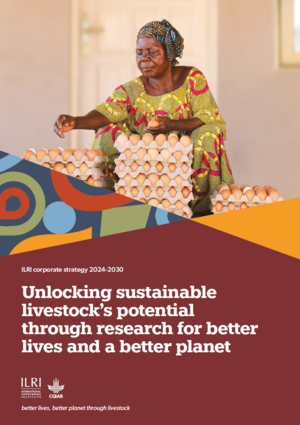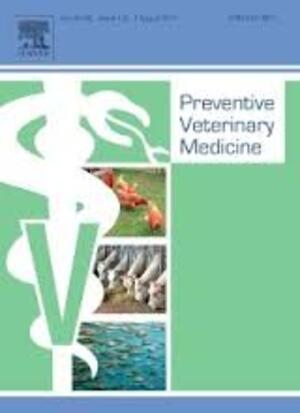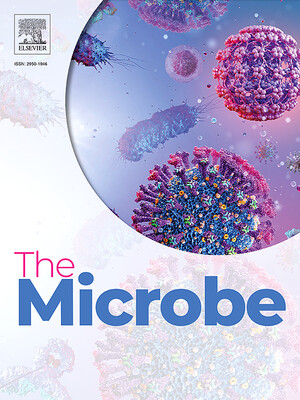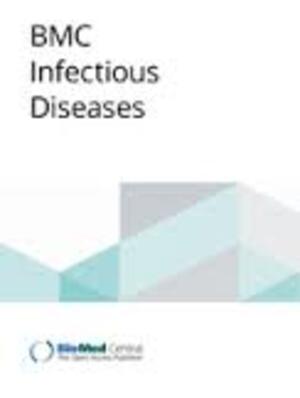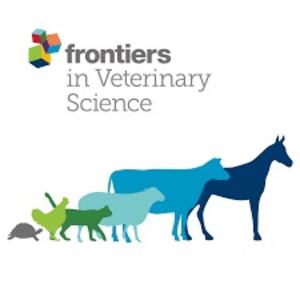
Antibiotic ecotoxicity and resistance risks in resource-constrained chicken and pig farming environments
Abstract
Antimicrobial resistance (AMR) data from agroecosystems in low- and middle-income countries is limited. We surveyed chicken (n = 52) and pig (n = 47) farms in Kenya to understand AMR in animal-environment pathways. Using LC-MS/MS, we validated the methods for analyzing eight common antibiotics and quantified the associated risks. Chicken compost (25.8%, n = 97/376) had the highest antibiotics prevalence, followed by pig manure-fertilized soils (23.1%, n = 83/360). The average antibiotic concentration was 63.4 µg/kg, which is below the environmentally relevant threshold (100 µg/kg), except for trimethoprim (221.4 µg/kg) among antibiotics and pig manure-fertilized soils (129.3 µg/kg) across sample types. Similarly, the average AMR risk quotient (RQ) was low (RQ < 0.1), except for trimethoprim and sulfamethoxazole (RQ ≥ 1). Ecotoxicity and AMR risks increased with flock size and the number of antibiotics used by pigs. Continuous environmental monitoring and large-scale studies on antibiotic contamination are crucial for evidence-based pollution control and the effective mitigation of environmental AMR.
Citation
Gudda, F., Muloi, D., Nganga, F., Nolari, C., Gao, Y. and Moodley, A. 2024. Antibiotic ecotoxicity and resistance risks in resource-constrained chicken and pig farming environments. npj Antimicrobials and Resistance 2: 51.




